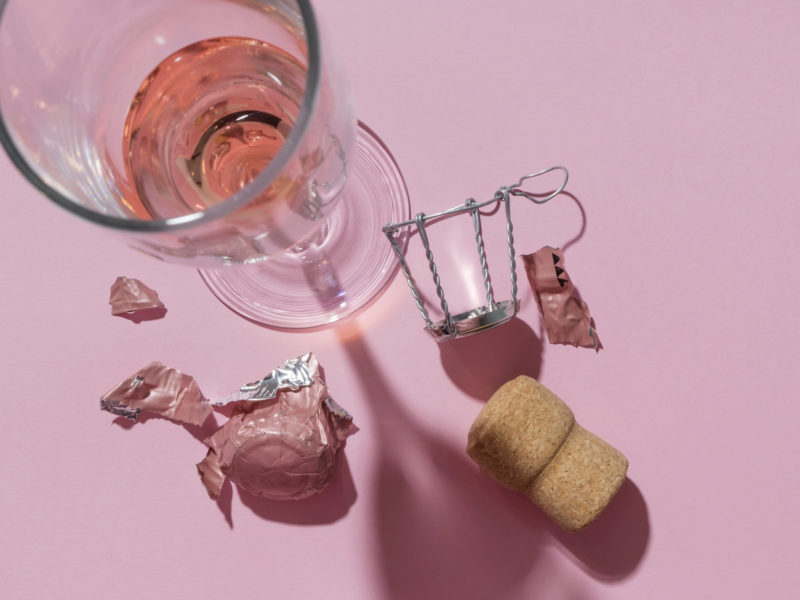This Is What Alcohol Really Does to Your Skin
Plus, dermatologist-suggested skin boosters to neutralize the effects of alcohol.
My last sip of alcohol was unremarkable. As I tipped my head back, I barely tasted the dry, mineral flavour I used to savour. It was the last long weekend of summer 2022, and my rosé intake had rivalled my water intake. But now, my decades-long love affair with unwind wine had run its course and it was time to break up. Six weeks later (right around the time my rosé cravings would normally turn to smoky Malbec ones) came the comments about how great my skin looked. I was probed about my highlighter and sleep routine. Was it possible that cutting alcohol was behind my new-found glow?
According to Dr. Sam Hanna, a Toronto-based dermatologist, it’s not unusual to see an improvement in your skin when you pass on the Prosecco. “Alcohol is a diuretic, so it makes you lose water,” he says. “This can leave you looking dehydrated, with a slight increase in fine lines, sunken eyes and dark circles.” On top of that, impaired judgment can lead to sloppy skincare behaviour, like face-planting into your pillow in full makeup (which puts you at risk for styes and breakouts) or forgetting to apply sunscreen while navigating a brutal hangover the next morning.
If you’re prone to existing conditions such as eczema, psoriasis, rosacea, acne or spider veins, you can expect them to worsen under the influence, says Amanda Hlatky, founder of Glow Dermal Therapy and Strategy Skin in Vancouver. This is partly due to the increase in matrix metalloproteinases (also known as MMPs), which are enzymes linked to inflammation and photo-aging. “Within 30 minutes of your having a drink, the pH level of your skin is affected,” says Hlatky. This provides an opportunity for bacteria to grow and also causes inflammation, dysregulated sebum production and increased transepidermal water loss.
And the more you drink, the more severe your pre-mature signs of aging may be, a 2019 study from The Journal of Clinical and Aesthetic Dermatology concluded. The study looked at more than 3,000 women from Canada, Australia, the United Kingdom and the United States and found that those who were considered heavy drinkers — that is, having more than eight drinks per week — had increased severity of mid-face volume loss, increased upper-facial and lip lines and more noticeable undereye puffiness.
While other well-documented research has linked alcohol consumption and negative effects on internal organs, long-term drinkers can also be more susceptible to recurrent skin infections and even skin cancers, says Hanna. A 2017 study looked at three different cohorts of women with varying lifestyles and backgrounds and found an association between alcohol intake and invasive melanoma, particularly in areas of the body that are less exposed to UV rays, like the torso and the back.
Even the occasional tipple is losing steam. Many Canadians were shocked to learn about the updated recommendations from the Canadian Centre on Substance Use and Addiction in January 2023, which stated that no amount of alcohol is safe and suggested limiting consumption to no more than two drinks per week. When buzzwords like “moderation” and “balance” are everywhere, the thought of cutting booze out entirely can feel impossible and — pun intended — like an absolute buzzkill. “For many people, alcohol signifies fun and acts as a social lubricant,” says Hlatky. “Some might fear that giving up alcohol would be giving up connection.” In the world of remote work and social media indulgence, true IRL connection is already on shaky ground, so it can feel especially hard to imagine giving up happy hour.
If quitting alcohol entirely isn’t in the cards for you (now or ever), consider a few things you can do to support better skin health. Drinking water while you’re drinking alcohol can reduce both dehydration and the volume of alcohol consumed, says Hanna. Making sure to cleanse before you face-plant is also crucial, says celebrity facialist and aesthetician Vee Mistry of SkinByVee. “Do not go to bed with that night’s enjoyment on your face,” she says. Also, limit any type of physical or chemical exfoliation. “Your skin is already traumatized; it cannot handle more trauma.”
Mistry recommends focusing any treatments on calming the vasodilation and puffiness by using cool water and deep facial massage. And keep the gentle nourishing train going by applying creamy masks you can sleep in so they work in tandem with your body’s natural state of rejuvenation. For in-office procedures, Hlatky loves oxygen treatments to restore hydration and ClearSilk and IPL lasers to reduce redness and boost collagen production.
Though the compliments about my skin continue to roll in, one year after my last drink, I’m still occasionally hypnotized by the beauty of a chilled glass of wine. But at my next bar hop, I’ll be motivated to order a mocktail, knowing that the dewy, condensation-covered glass has nothing on the glow of my complexion.
Ahead, skin boosters to neutralize the effects of an overindulgent night.
Rhode Glazing Milk
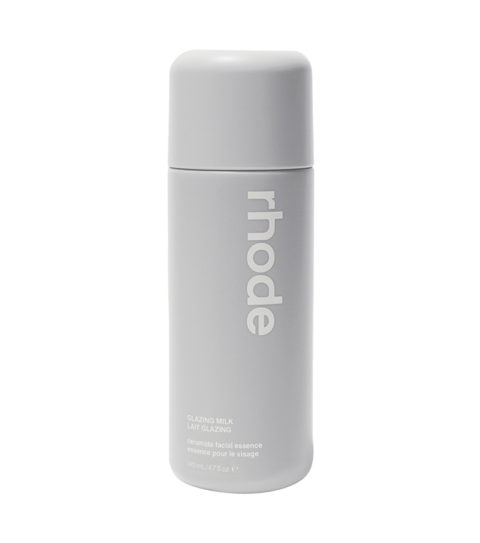
Rhode Glazing Milk is a ceramide-infused glow-giving essence that restores skin’s moisture barrier while teeing up for the next step.
Weleda Skin Food Face Care Nourishing Oil-to-Milk Cleanser
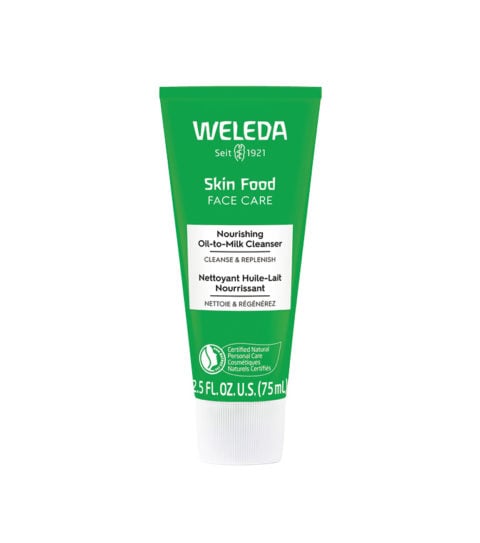
Weleda Skin Food Face Care Nourishing Oil-to-Milk Cleanser makes end-of-night makeup removal a comfy experience by maintaining moisture levels.
Drunk Elephant B-Goldi Bright Drops
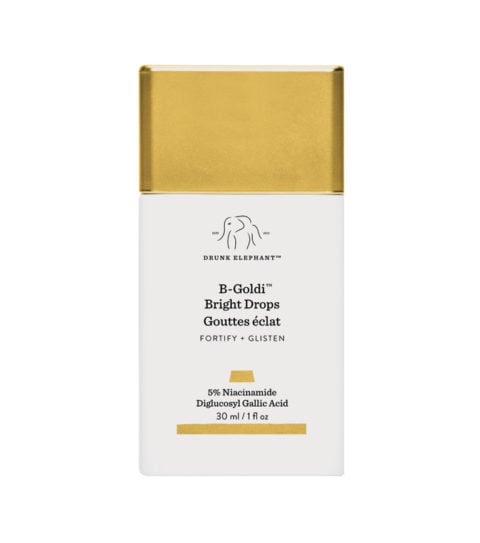
Drunk Elephant B-Goldi Bright Drops combine 5 per cent niacinamide and diglucosyl gallic acid to boost radiance and light-reflecting pigments to revive dull skin the next morning.
Charlotte Tilbury Magic Hydrator Mist
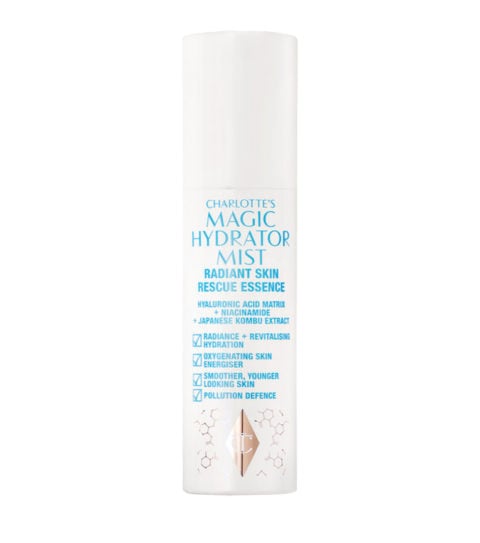
Charlotte Tilbury Magic Hydrator Mist provides an instant dewy finish via Japanese kombu, hyaluronic acid and niacinamide.
U Beauty The Barrier Bioactive Treatment
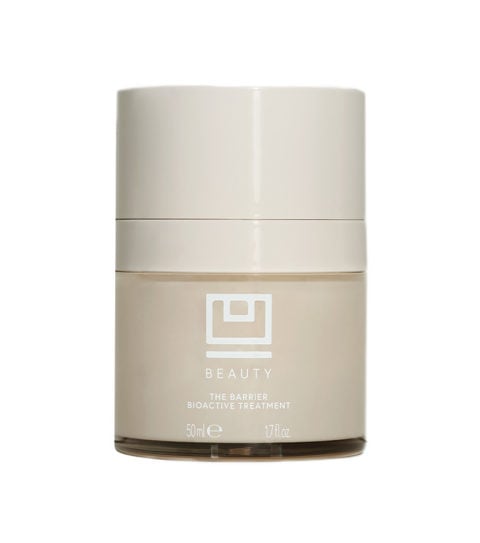
U Beauty The Barrier Bioactive Treatment is a plushy, hard-working gel that boosts cellular renewal and improves the moisture barrier while you snooze.
SkinByVee Gua Sha Cyro Sticks

SkinByVee Gua Sha Cyro Sticks reduce inflammation and puffiness while inducing an overall feeling of calm.
This article first appeared in FASHION’s November 2023 issue. Find out more here.
This article contains affiliate links, so we may earn a small commission when you make a purchase through links on our site at no additional cost to you.

